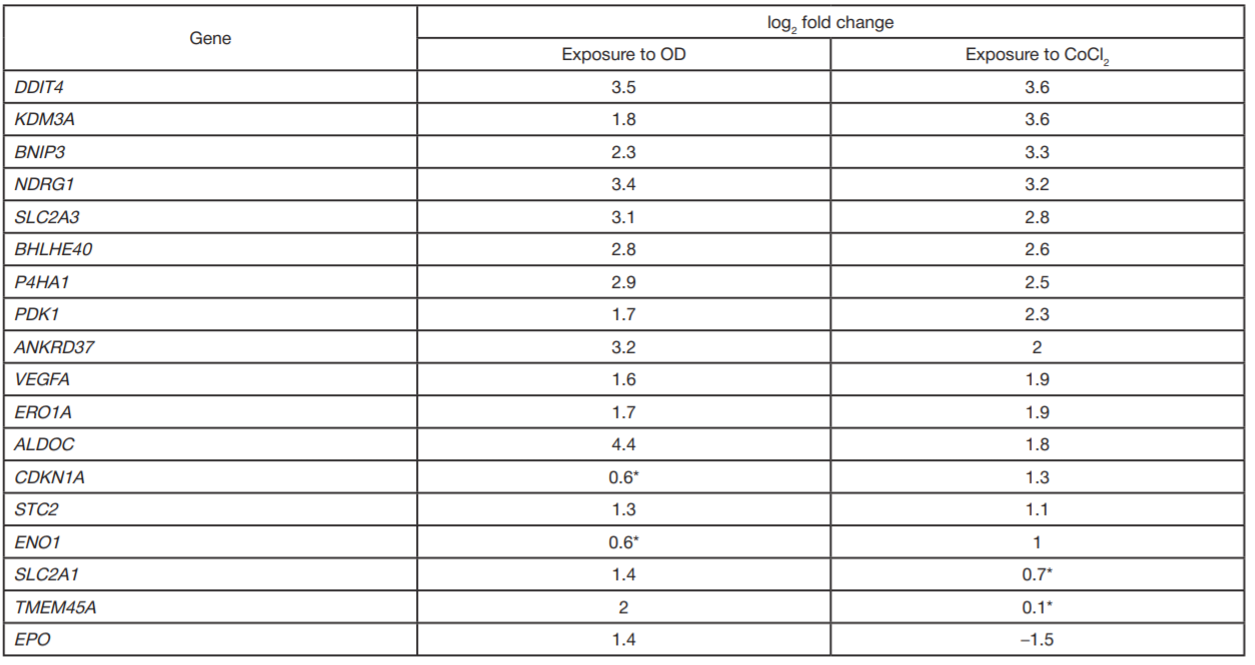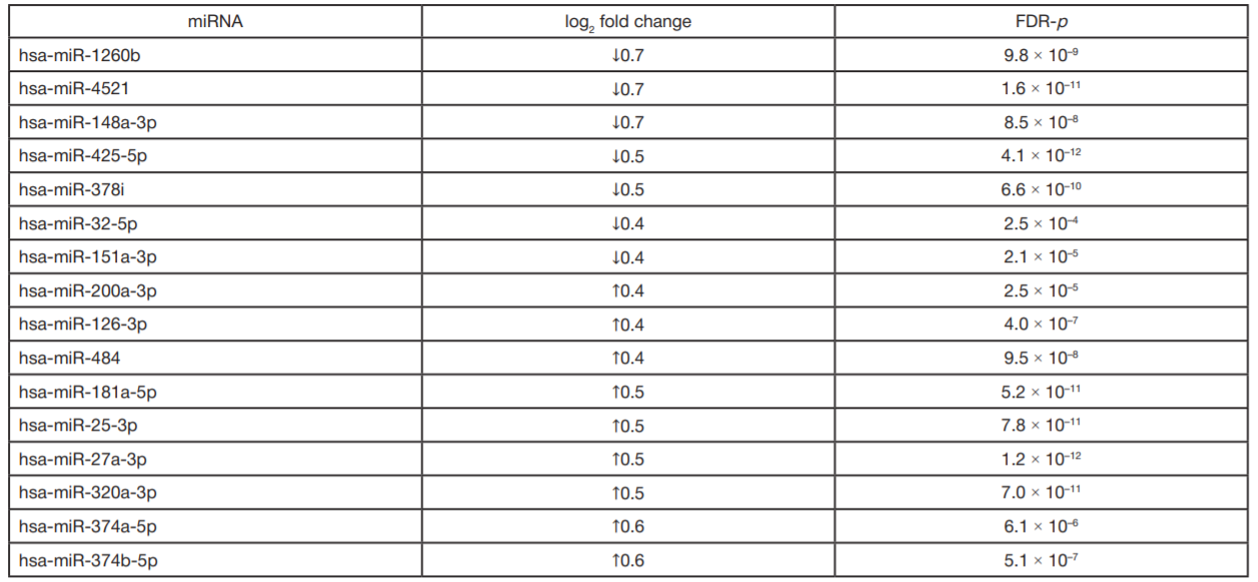
This article is an open access article distributed under the terms and conditions of the Creative Commons Attribution license (CC BY).
ORIGINAL RESEARCH
Levels of miR-374 increase in BeWo b30 cells exposed to hypoxia
1 Shemyakin and Ovchinnikov Institute of Bioorganic Chemistry, Moscow, Russia
2 National Research University Higher School of Economics, Moscow, Russia
3 Translational Technology Center, Moscow
4 Troitsk Research and Development Center, Moscow
Correspondence should be addressed: Evgeny N. Knyazev
Miklouho-Maclay, 16/10, Moscow, 117437; moc.liamg@gvevezaynk
Funding: This work was supported by the Russian Science Foundation (Grant № 19-74-00145).
Author contribution: Knyazev EN analyzed the literature, planned the study, collected and interpreted the obtained data, and wrote the manuscript; Paul SYu analyzed the literature and the obtained data and wrote the manuscript.
Compliance with ethical standards: the study complied with the Declaration of Helsinki.





